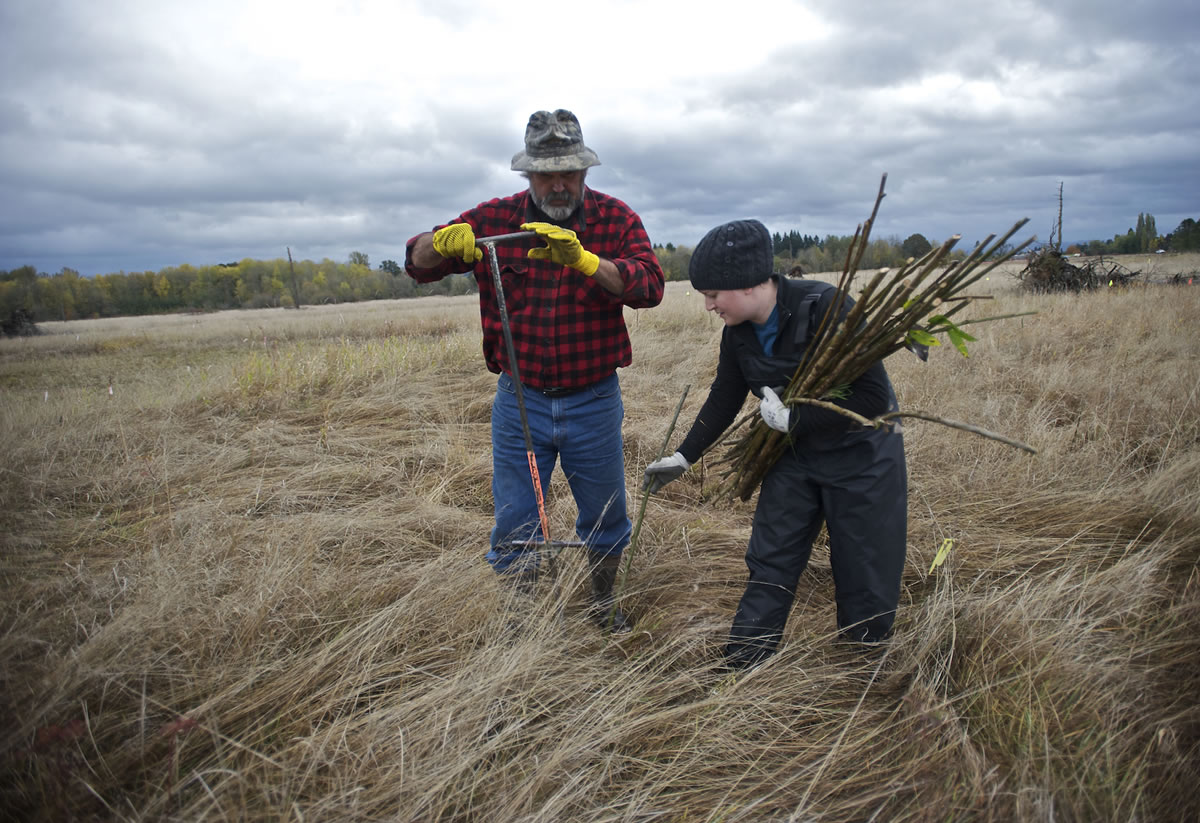Columbia River Wetland Mitigation Bank
Size: 154 acres.
Location: Northwest Lower River Road, Vancouver.
Property owner: Port of Vancouver.n Status: Approved and operational.
East Fork Lewis Wetland Mitigation Bankn Size: 113 acres.
Location: North Clark County, near Fargher Lake area.
Property owner: Private landowners.n Status: Approved, not yet operational.
Battle Ground Mitigation Project
Size: 60 acres.
Location: Southwest 20th Avenue/Northeast 112th Avenue, Battle Ground.
Property owner: City of Battle Ground.n Status: Construction complete, accepting mitigation applicants.
Sources: Washington State Department of Ecology, Habitat Banc NW
When Woodland Public Schools made plans for a new high school in the city’s north end, it ran into a hurdle that many builders know well.
There were wetlands on the site, and no getting around them.
It’s a dilemma that can send any large project on a tricky path. For developers, it often means navigating a complicated regulatory maze and then building and maintaining man-made wetlands nearby. The idea is to make up for natural habitat that’s buried or destroyed by construction, following state and federal rules.
The process is known as wetland mitigation. It’s unfamiliar territory for most school districts.
So Woodland looked elsewhere for help — about 25 miles to the south. The district reserved credits from the Columbia River Wetland Mitigation Bank, essentially planning to buy a piece of a ready-made wetland project already established near the Port of Vancouver. Woodland Superintendent Michael Green called the option “a win-win for everybody involved.”




